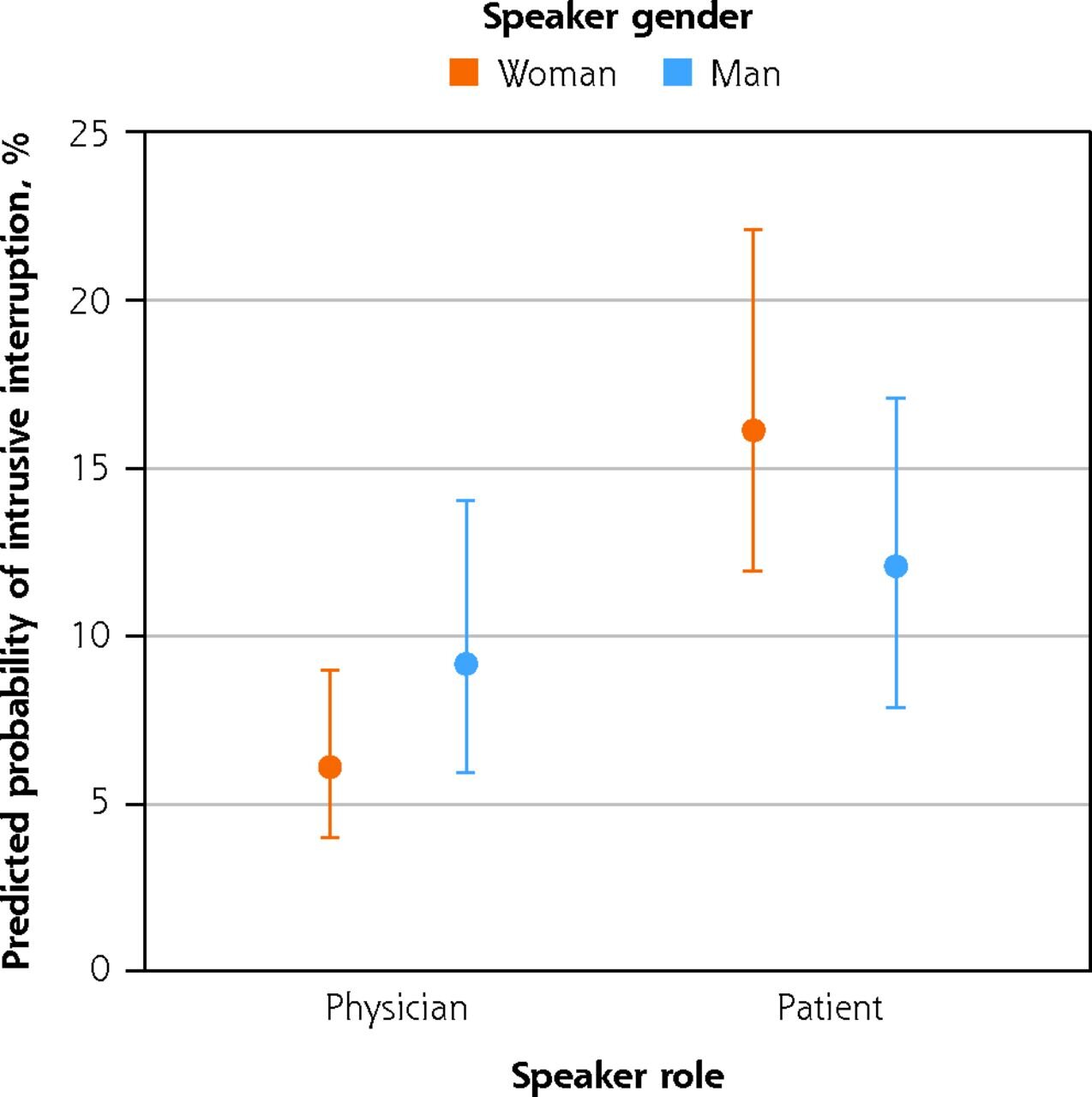
During a patient’s consultation with a general practitioner (GP), physicians and patients can interrupt each other. Those interruptions are often considered as pushy actions of (male) doctors that hinder patients. Linguist Ilona Plug discovered that interruptions can actually benefit the course of the consultation.
In the medical world a doctor’s interruptions during a consultation are often considered as pushy actions that hinder patients; the patient has less opportunity to share relevant concerns and complaints. In addition, interruptions are associated with male dominance: a male doctor would tend to interrupt female patients more often than male patients.
Up to now these assumptions had not been supported by any systematic, scientific analysis of interactions in clinical practice. In cooperation with Radboud University Medical Center, Linguist Ilona Plug and her colleagues took a close look at interruptions during consultations between GPs and patients. The results of their study are published in The Annals of Family Medicine.
Type of interruption
In Plug’s study she distinguishes between two types of interruptions: supportive and non-supportive interruptions. “Non-supportive or pushy interruptions are interruptions that cut into your turn,” the linguist explained. “Someone can change the subject or disagree with the other and start to refute that person. That type of interruption damages the content and the course of the discussion. Supportive interruptions, on the other hand, do justice to the discussion, for example when more clarity is requested or agreement is expressed; this shows that both discussion partners are talking about the same thing.”
For the study, Plug analyzed 84 videos of consultations between GPs and patients. She coded the type of interruption, the gender identity of the physicians and the patients and the phase in the discussion when the interruption occurred: the phase of presenting the problem or of discussing the diagnosis or the plan of treatment.
Results
The study by Plug and her colleagues showed that 83% of the interruptions were supportive. Non-supportive interruptions were most frequently made by patients and especially in the phase of presenting the problem. “We considered this as the patients’ phase in which they describe their complaints. The physicians supportively interrupted patients in order to express their understanding and support or to ask them to be more specific. The physicians’ supportive interruptions in the beginning phase of the consultation can help to improve the quality of communication rather than hinder it.”
The results also showed that male physicians made more non-supportive interruptions with their patients than did female physicians; however, in the group of patients the women more frequently made non-supportive interruptions, for example to express their disagreement or to change the subject. “This could imply that female patients feel stronger during a medical consultation or rather that they feel less heard or understood than male patients,” the researcher said.
Source: Read Full Article
